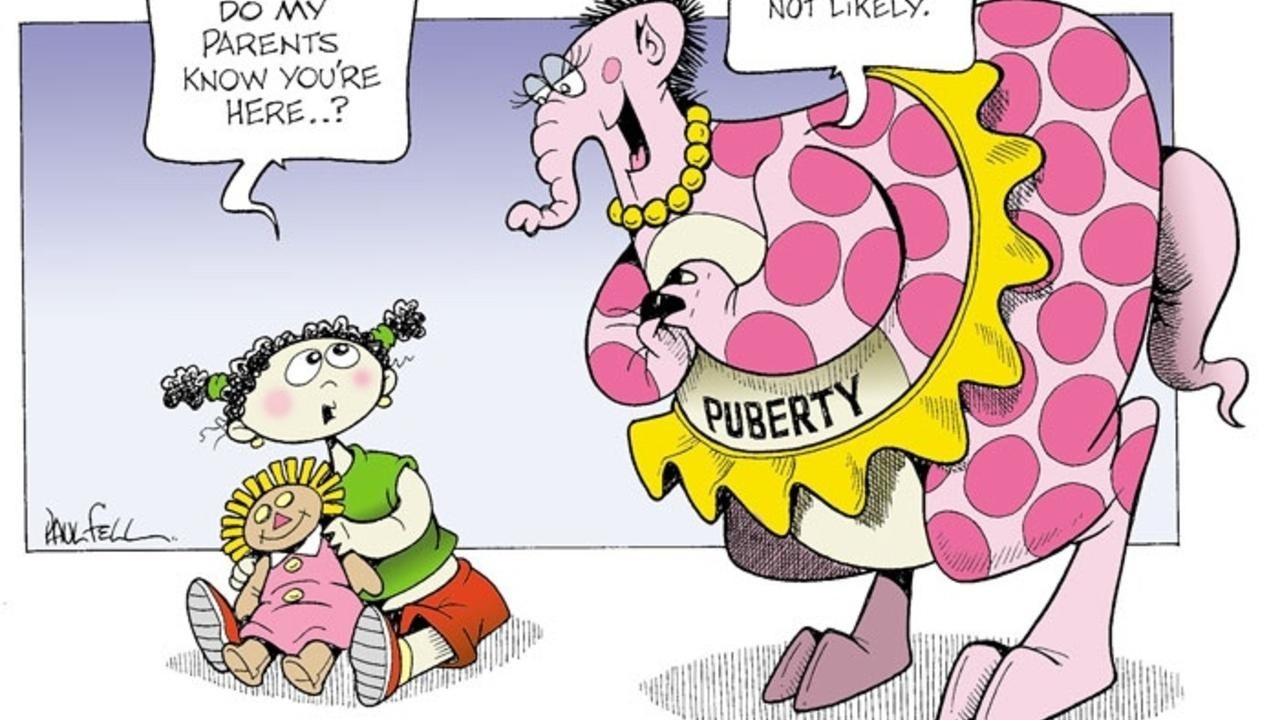COVID Didn't Slow Down Puberty!

I know, I know...obviously!
Is puberty the elephant in the room in your house? Don't ignore the signs that your child is developing and in the midst of these physical and emotional changes. Most schools across the nation missed the infamous 5th grade puberty video this past spring. With the challenges teachers and schools are facing right now I wouldn't leave sex ed to schools at this time and other experts agree.
What do schools usually cover in sex ed?
That depends where you live. Here in California the California Healthy Youth Act (implemented January 2016) requires school districts to ensure all students in grades 7–12 receive comprehensive sexual health education and HIV/AIDS prevention education at least once in middle school and once in high school, and mandates curricula be age appropriate, medically accurate, objective, and appropriate for “all races, genders, sexual orientations, and ethnic and cultural backgrounds; pupils with disabilities; and English learners.” The law requires instruction on gender, gender expression, gender identity, and gender stereotypes. If schools elect to offer sexuality education earlier than grade 7, they must adhere to the same requirements. No program may “promote or teach religious doctrine,” instruction must encourage parent-child communication about sex and sexuality, and instruction must cover all FDA-approved contraceptives, including emergency contraception. Parents/guardians may remove their children from instruction. Visit the department of education site for more information.
What about sex education in other states?
Research shows we are failing to provide young people with the foundation of sexual health information and skills they need to lead healthy lives. Just 38% of all high schools and 14% of middle schools in the United States (US) provide all 19 topics identified by the Centers for Disease Control and Prevention (CDC) as critical sex education topics. We can do better.

What are schools doing now with distance learning during COVID pandemic?
You should ask. When the novel coronavirus swept into the U.S., reproductive health educators joined other teachers who scrambled to adapt their curricula for the online classroom. Arguing that the topic of sex shouldn't be prioritized. Teaching reproductive health during a pandemic is critical.
Before the pandemic, schools were a key source of formal sex education for young people. Sex education, which was already limited in many areas of the country, has likely not been included in the national shift to online learning. Even when in‐person schooling resumes, missed sex education instruction is unlikely to be made up, given the modest attention it received prior to the pandemic. Exacerbating this missed instruction, funding for sex education may be cut as a result of the economic downturn, and hence schools may reduce its provision even more. Youth often go online to find sexual health information, and such resources will become more critical for youth who are unable to obtain information from schools or health care providers. Yet young people may receive inaccurate information when they search for answers online, and specific information may be unavailable.
What does this mean? Get Sex-Ed on your home-schooling calendar!
With our on-demand pre-recorded E-course you and your son or daughter are guided through this important talk or take a live in-person or virtual Talk series together. There may be one coming up soon. Contact us to see.

